I. Historical background: From a fishing village to the “Wall Street of the Far East”
Before the mid-19th century, the Bund was just a mudflat and a track for boatmen on the banks of the Huangpu River. After Shanghai opened its port in 1843, it became the political and commercial center of Western powers, and Britain, France, the United States and other countries successively established concessions.
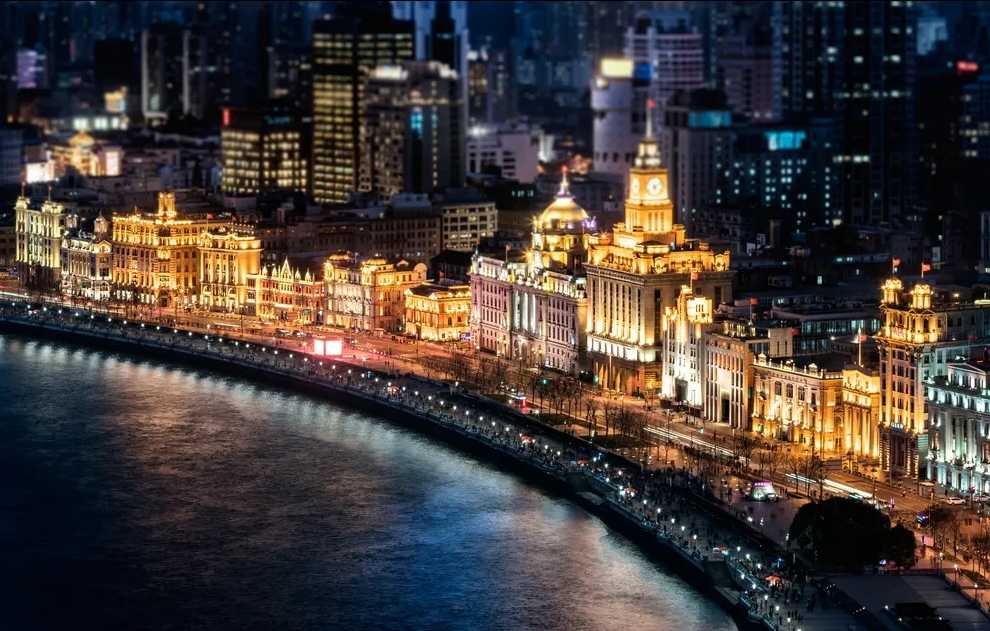
Three key development stages:
- Early colonial period (1843-1895): Early veranda-style buildings appeared on the Bund, such as the brick-and-wood structure of the British Consulate (the oldest existing building, built in 1873).
- Economic expansion period (1895-1937): With the growth of international trade, the Bund entered its “golden age”, and 52 high-rise buildings rose from the ground, forming a financial core area, known as the “Wall Street of the Far East”.
- Modern transformation period (1990 to present): The Bund has transformed from a closed financial district to an open cultural landmark. After the renovation in 2010, it added a riverside walkway and lighting landscape, becoming a must-visit place for tourists from all over the world.
II. Architectural style: a “solidified history of world architecture”
The Bund building complex presents the mainstream architectural styles of the world from the late 19th century to the early 20th century, and is known as the “International Architecture Expo”. The following are the main styles and representative buildings:
1. Neoclassical
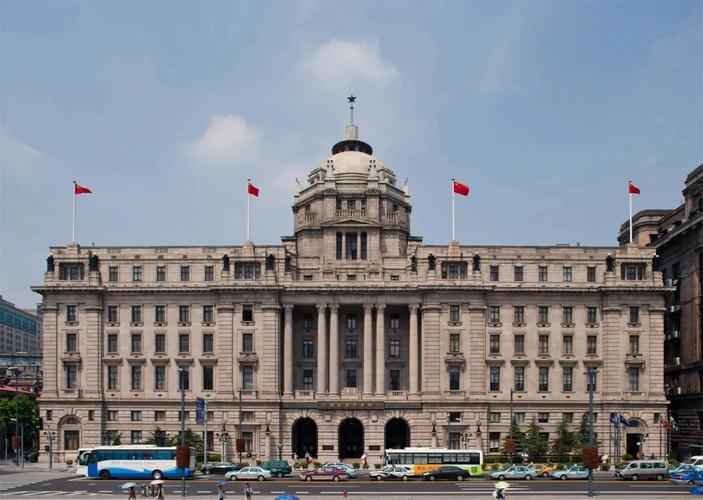
- Representative building: HSBC Building (now Pudong Development Bank)
- Features: Giant Corinthian columns, symmetrical structure, dome and mosaic murals, imitating the solemnity of ancient Greek temples.
2. Art Deco
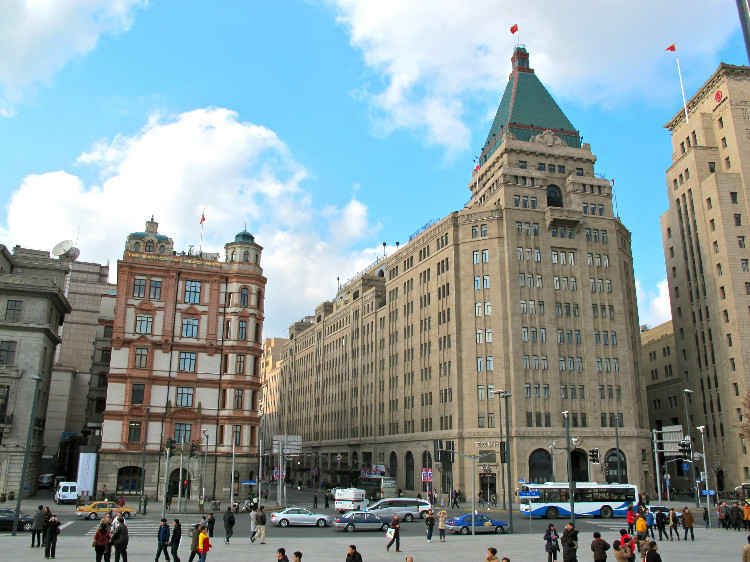
- Representative building: Sassoon Building (now North Building of Peace Hotel)
- Features: Geometric lines, stepped roofs, metal reliefs, reflecting the modern aesthetics of the 1920s.
3. Gothic Revival
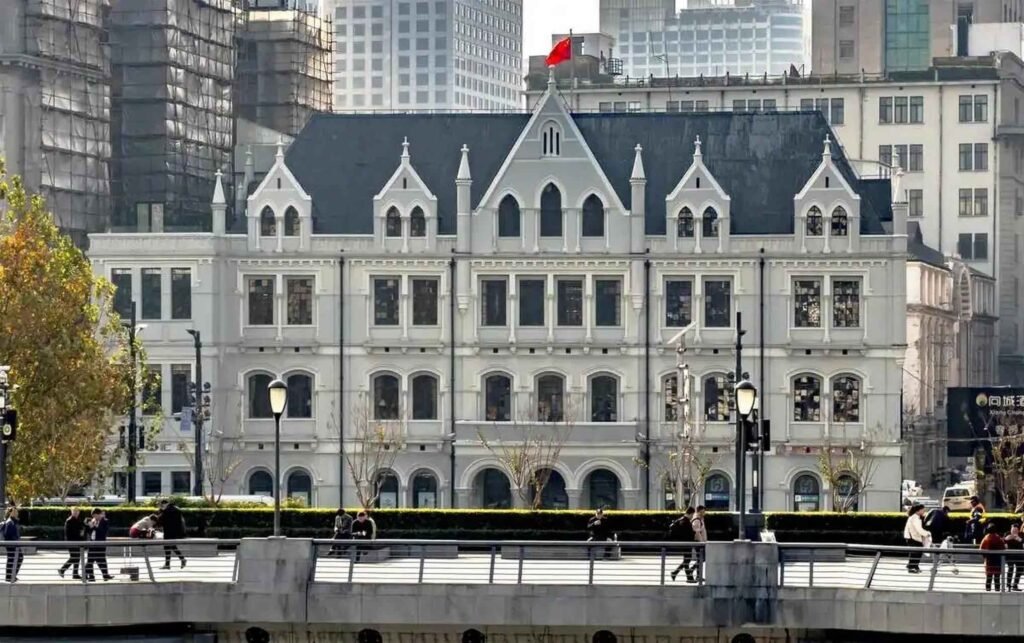
- Representative building: Bank of China Building
- Features: Pointed arch windows, flying buttresses and stained glass, inspired by medieval churches in Europe.
4. Eclecticism
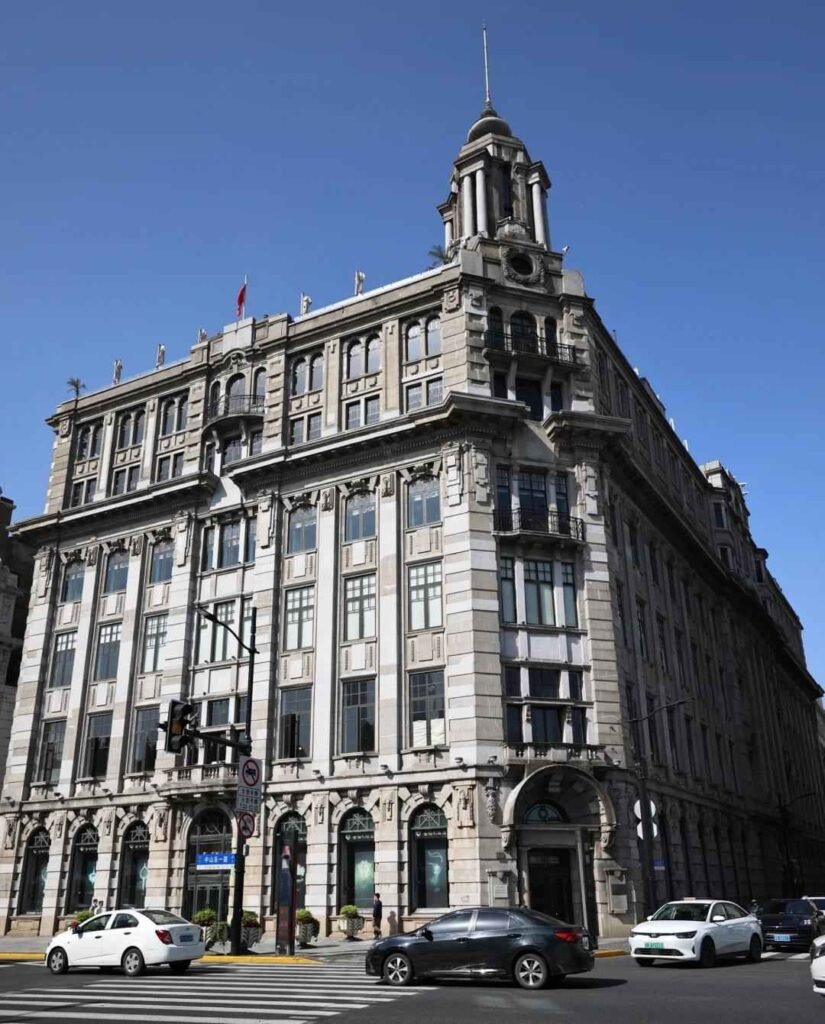
- Representative building: Le Maire Building
- Features: Mixing Baroque carvings, Renaissance arches and modern steel frame structures, showing a pragmatic design.
5. Fusion of traditional Chinese elements
- The only exception: Bank of China Building (1937)
- Features: Green glazed tile roof, stone carved brackets and “Eight Immortals Crossing the Sea” ceiling painting, it is the only building on the Bund designed by Chinese architects.
Ⅲ.five iconic buildings not to be missed
- Customs House (1927)
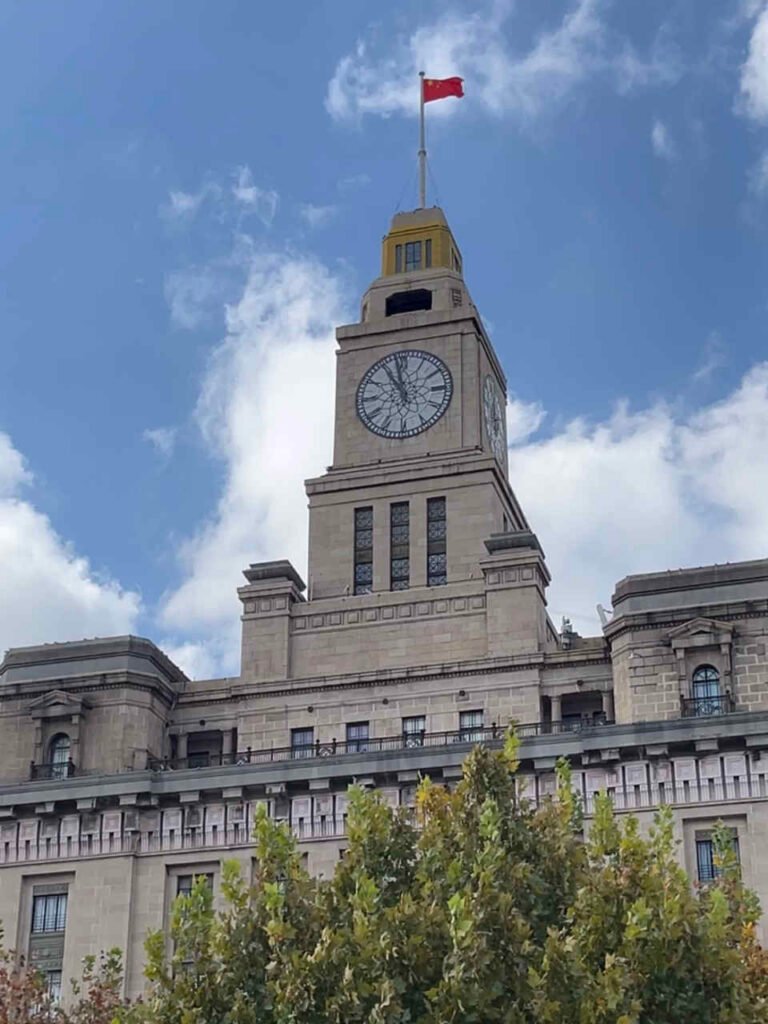
- The 79-meter-high clock tower was built in imitation of London’s Big Ben, and the bell still plays “The East is Red” every hour.
- Style: Neoclassicism + Art Deco.
- Peace Hotel (1929)
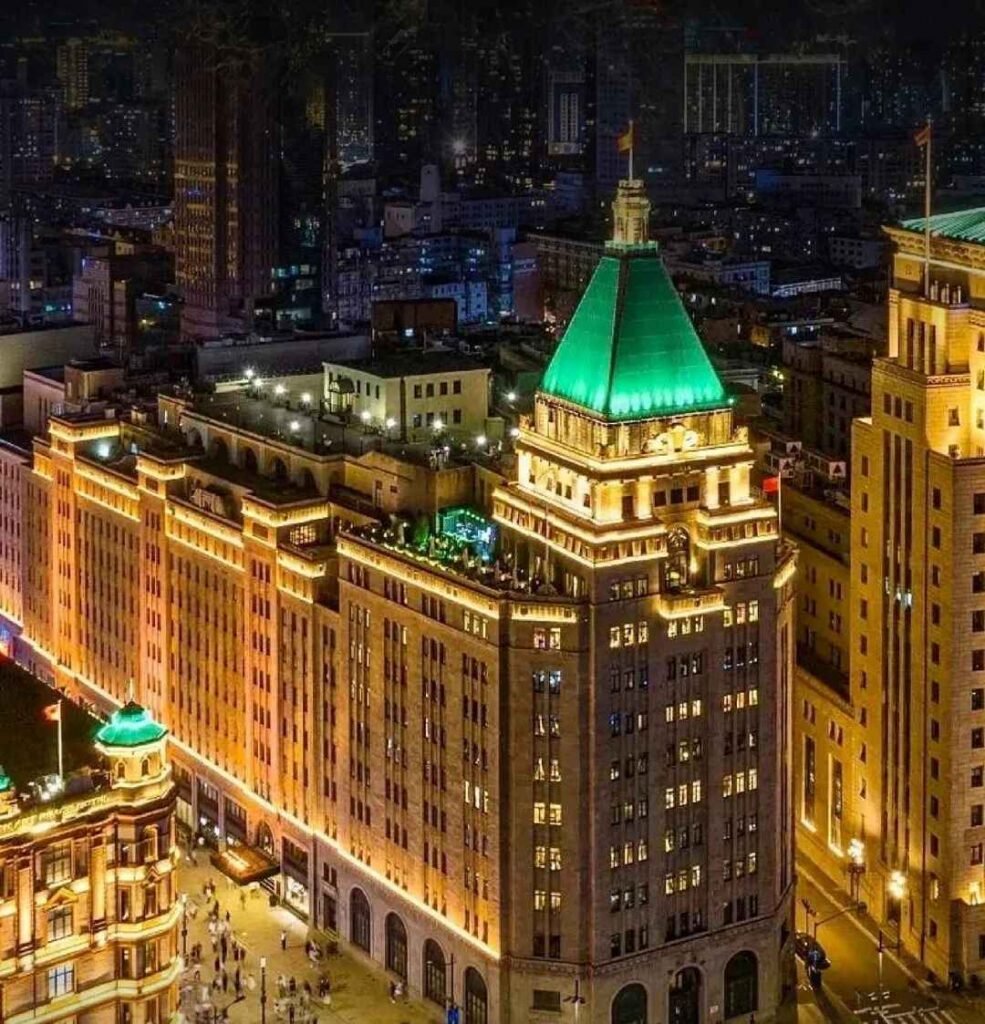
- It once had the “longest bar in the Far East” (34 meters), and the triangular antique elevator is still in use.
- Style: Art Deco + Chicago School.
- No. 33, Bund Source (Former British Consulate)
- The oldest existing Western-style building in Shanghai (1873), a typical British country style.
- Asia Building (1913)
- The starting point of the southern end of the Bund, the concave arc corners and Baroque balconies show early neoclassical innovations.
- Waibaidu Bridge (1907)
- China’s first all-steel bridge, the filming location of the Hollywood movie “Mission Impossible 3”.
IV. Protection and reuse: balance between classic and modern
- Cultural relics protection: In 1996, 27 buildings were listed as national key cultural relics protection units, and arbitrary reconstruction is prohibited.
- Function transformation:
- HSBC Building, Customs Building, etc. are still used as financial institutions.
- Sassoon Building and Shanghai Club (now Waldorf Astoria Hotel) were transformed into high-end hotels, retaining historical interiors.
- Tourism experience: Visitors can make an appointment to visit the lobby of the Bank of China, the interior of the Customs Bell Tower, or enjoy the light show on the Riverside Trail.
V. Tour suggestions
- Best time: evening to night (lights illuminate the outline of the building).
- Recommended route: Walk south from Waibaidu Bridge to Yan’an East Road, the entire journey is about 1.5 kilometers.
- Practical tips:
- Use Baidu Maps (Amap) for navigation instead of Google Maps.
- Reservations are required for some buildings (such as the murals in the lobby of Shanghai Pudong Development Bank).
Conclusion
The Bund in Shanghai is not only a microcosm of architectural history, but also a witness to China’s modernization. These century-old buildings use stone and steel to tell the story of colonization, struggle and revival. For American tourists, this is not only a history classroom, but also a window to understand the spirit of “openness and tolerance” in modern China.





















